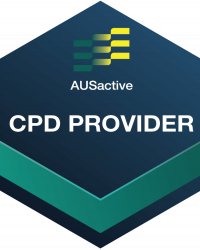Mat Repertoire
Spinal Mobility:
Neck Pull
Alternate Names
N/A
Derived From
Classical Mat Work: The Neck Pull
Primary Element
Mobility
Why for Primary?
To create mobility through the spine whilst in hip flexion, with the spine lifting up and off the Mat without any assistance of the arms.
Secondary Element
Stability
Why for Secondary?
To develop control in the deep abdominal muscles transversus abdominis to create pelvis and torso stability. Adding the lever of the extended legs challenges pelvis stability.
Tertiary Element
Strength
Why Tertiary?
To create abdominal strength to control the spinal movement up as well as the decent back to the Mat with control.
Repetitions
4-6
Plane of Motion
Sagittal
Targeted Muscles
For torso flexion the targeted muscles are rectus abdominis or the ‘six-pack’ muscles at the front of the torso to overcome gravity and curl the torso forwards and upwards.
To create pelvis stability the targeted muscles are the deep abdominal muscles transversus abdominis.
Warnings
This exercise may be unsuitable for clients where torso flexion or engagement of the abdominals is contraindicated. If the client is unable to create a controlled Spinal Mobility: Roll Up, this exercise will be challenging.
Execution
Lie supine on the Mat with the legs extended and adducted and the feet softly dosi flexed. Bring the hands behind the head with the elbows wide.
Inhale to lift the head and shoulders then exhale to continue to curl forward and up into a seated position. Inhale to pause, then exhale to begin to roll down until the head is back onto the Mat in the starting position.
Observations
Do a body scan of the client taking note of the following points
- Head and Neck
- Is the back of the neck long and crease-free? A slight retraction of the neck with the chin tucked can help avoid straining the neck
- Is the head pushing into the hands and the hands pressing gently into the head?
- Pelvis
- Is the client able to keep a slight posterior pelvic tilt throughout?
- Arms
- Are the hands directly behind the head with the elbows soft?
- Legs
- Are the legs still throughout and anchored with the Mat with the heels?
- Are the feet softly dorsi flexed?
Learning Style Technique Cues
Auditory – word associations that connect mind and body
- Curl forward after the head is lifted and sit tall at the top
- Keep the legs still the whole time if possible
- Say the client’s name when you’re about to interact with them
Visual
- Look forward towards the feet as the head lifts to encourage the torso to flex forward and move in that direction
- You may demonstrate a part of the movement as a visual representation for the client to see, for example with the arms moving like the legs
Kinaesthetic
- Press the head back into the hands
- Reconnect into the transversus abdominais on the return phase of the movement to smoothly bring the spine back to the Mat with control
Modifications and Variations
Regress the exercise by
- Adding a resistance band or Theraband around the feet to assist with rolling up
- Working on Spinal Mobility: Roll Up
- Working on Spinal Mobility: Roll Back
- Reducing the pace and repetitions
Progress the exercise by
- Increasing the pace and repetitions
- Adding ankle weights to the legs to increase the load
- Working towards Spinal Mobility: Seal and Spinal Mobility: Crab
Series and Transitions
This exercise is part of the Spinal Mobility series. These series can also be found in the Reformer repertoire, Wunda Chair, Barrel and Cadillac repertoire.
Inspired Academy follows the order below to create stability and mobility before adding strength.

